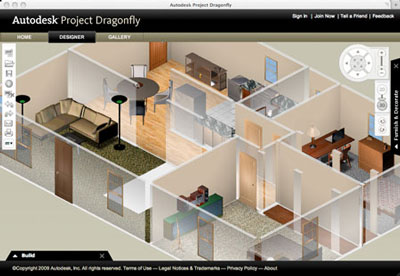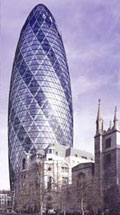Parallels released an update today for their Parallels Desktop for Mac virtualisation software which introduced 'coherence' mode and seriously improved video drivers capable of supporting DirectX. To give the new features a test drive I installed Autodesk Design Review, Revit 9.1 (trial version) and Bentley View on the virtual instance of Windows XP and had a play. All performed very well even with minimal RAM allocated for testing purposes. Quite possibly the only let down was that before you could start using the software the virtual machine first had to load Windows.
The screencast above illustrates the boot process, coherence mode, Design Review and Revit in action. The screencast was taken at a fairly low frame rate and YouTube just makes it all that worse. Please take my word for it that performance on a 1.83 Intel Core Duo iMac was fairly snappy even with only 256meg of RAM assigned to the VM. In a production environment you would certainly want to allocate at least 512meg of RAM to Parallels which would mean needing between 1.5/2gig of RAM in the Mac.
Whilst I would hardly recommend to architects that they should use their primary productivity application in a virtualised window, from the perspective of those Mac users who need to occasionally use a piece of Windows only software this level of functionality and performance from Parallels is perfect. Sure it is not nearly as quick as running natively, but then you don't have instant access to all of OSX's niceties that you begin to miss once forced to work on a Windows desktop for a little while.






